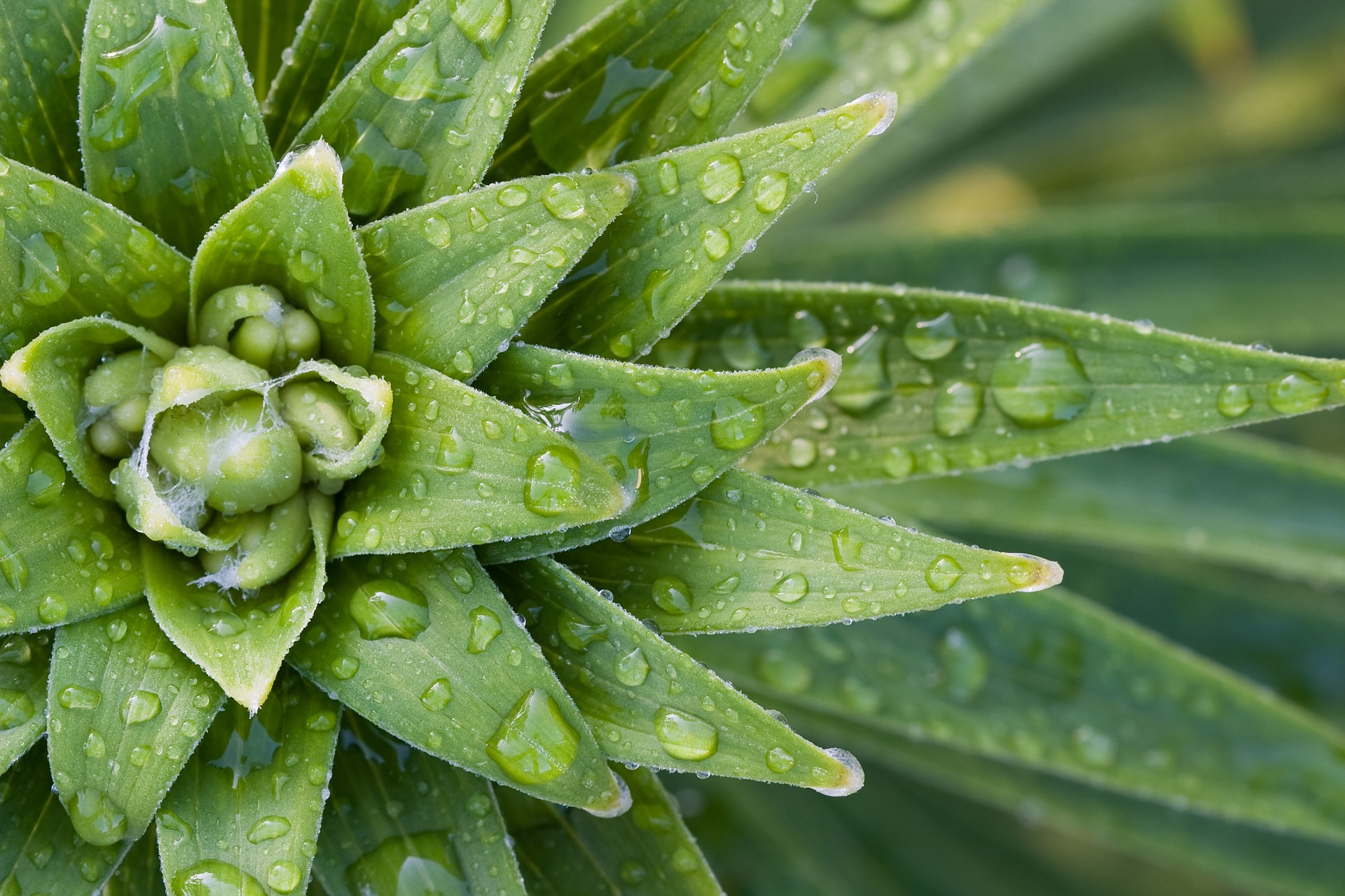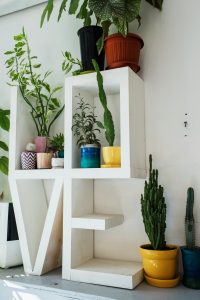
Revive your dying indoor plants before it’s too late! Good Earth Plants is in the business of not only supplying residential, commercial, office & hospitality spaces with plants, but it’s also our job to keep them alive.
Houseplants and office plants are enjoying a new surge in popularity. We could not be happier about this. It’s been our mission for more than 40 years to encourage people to incorporate nature into the places they work, live, and play through the addition of plants due to their many benefits to your wellbeing.
Despite giving indoor plants love and attention, you’re always going to run into an indoor plant enemy that’s tough to battle.
You’re Plant Parent Official
If you’re searching for a great plant for your home or office, we can definitely help. If you’re doing this on your own, we can still help with advice.
Check out unusual indoor plants here to help you make a decision
So, you’ve found that amazing plant for your home or office space. You’re officially a plant parent. You water your plant and give it lots of love.
But alas, tragedy strikes. You notice it isn’t so green and fresh anymore. Maybe the leaves are turning yellow, or falling off. Or it’s just plain limp. What can you do?
Is it possible to revive a dying indoor plant?
Yes, you should give it your best attempt. Plants are living and like people, they have an inherent desire to survive. Reviving a plant you think it on its last legs – or roots – is really satisfying. If it doesn’t make it, you’ll know you tried and you might learn something for next time.
Our horticultural technicians care for thousands of plants for our clients. When they see a plant isn’t doing so well, first they do a diagnosis to figure out what’s wrong so they know what kind of fix is needed. Here are our tips for you if you’re the amateur horticultural technician at work or at home.
#1 Symptoms: Limp leaves, droopy leaves and stems, brown or yellow leaves, leaf burn. Wet soil.
Diagnosis: Overwatering.
Cure: Stop watering so much.
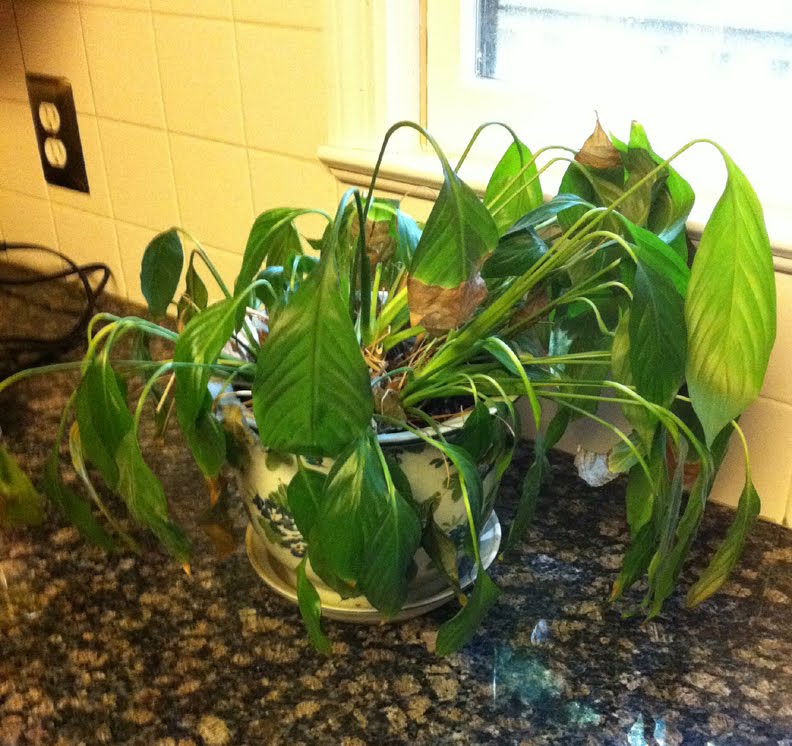
A classic case of overwatering an indoor plant. NOT a plant under Good Earth Plant Company care here!
Your plant is drowning in water love. This is the #1 reason indoor plants die. Wet soil will confirm that you’ve been overwatering.
If a plant is overwatered, the roots will rot and “watering it regularly” only makes things worse. Many times rotted roots allow a pathogen into the plant and it’s a goner.
What to do: Remove any obviously rotted roots and replace soil that has turned to mud. Allow the soil to dry until it is slightly damp to bone dry. Even then you might not be able to save it.
#2 Symptoms: Droopy, wilted leaves, brown leaves. Soil may be pulling away from the sides of the container.
Diagnosis: Underwatering.
Cure: Hydrate the plant.
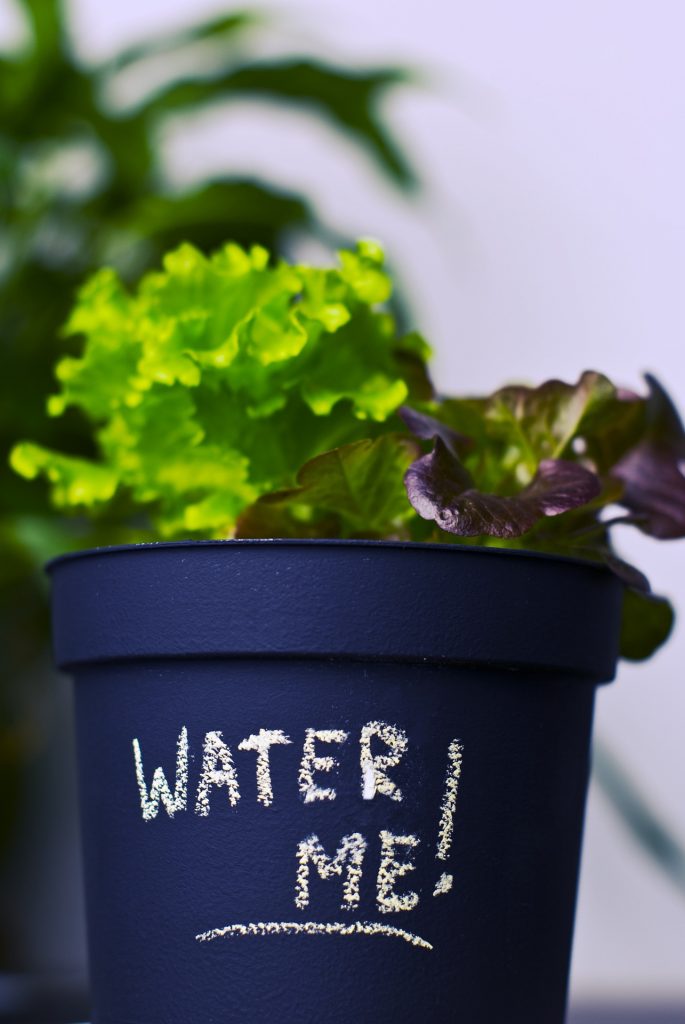
You might think your plant is asking for water, but don’t overdo it – even in the summer. Be sure to check frequently. Photo: Tookapic – Creative Commons License
If the plant is withering due to lack of water, hydrate the soil by putting the entire pot into a sink or bucket full of water for 15 to 30 minutes. If you water from the top, it will likely run down around the sides because the soil has become a hardened dry brick. Let it drain thoroughly and don’t let your plant sit in water. Then set a calendar reminder to water – or get a plant that needs the bare minimum of watering like a succulent.
#3 Symptoms: Yellow leaves, wilting leaves, roots on sides of pot or coming over edge of pot.
Diagnosis: Pot-bound (or root bound).
Cure: Replant into fresh soil.

Try to avoid buying a rootbound plant in the first place. When it gets to this point, gently separate and trim, and repot in a slightly larger pot.
If the plant is getting choked off because its roots are too crowded, you need to remove the plant from the pot, gently loosen up and separate the roots, and repot into fresh soil. Choose a pot only slightly bigger than the one you are removing it from. Going too big too fast can create problems.
#4 Symptoms: Wrinkly and wilted leaves, brown, dried leaves, leaves turning yellow
Diagnosis: Too much sun.
Cure: Move into less harsh light.
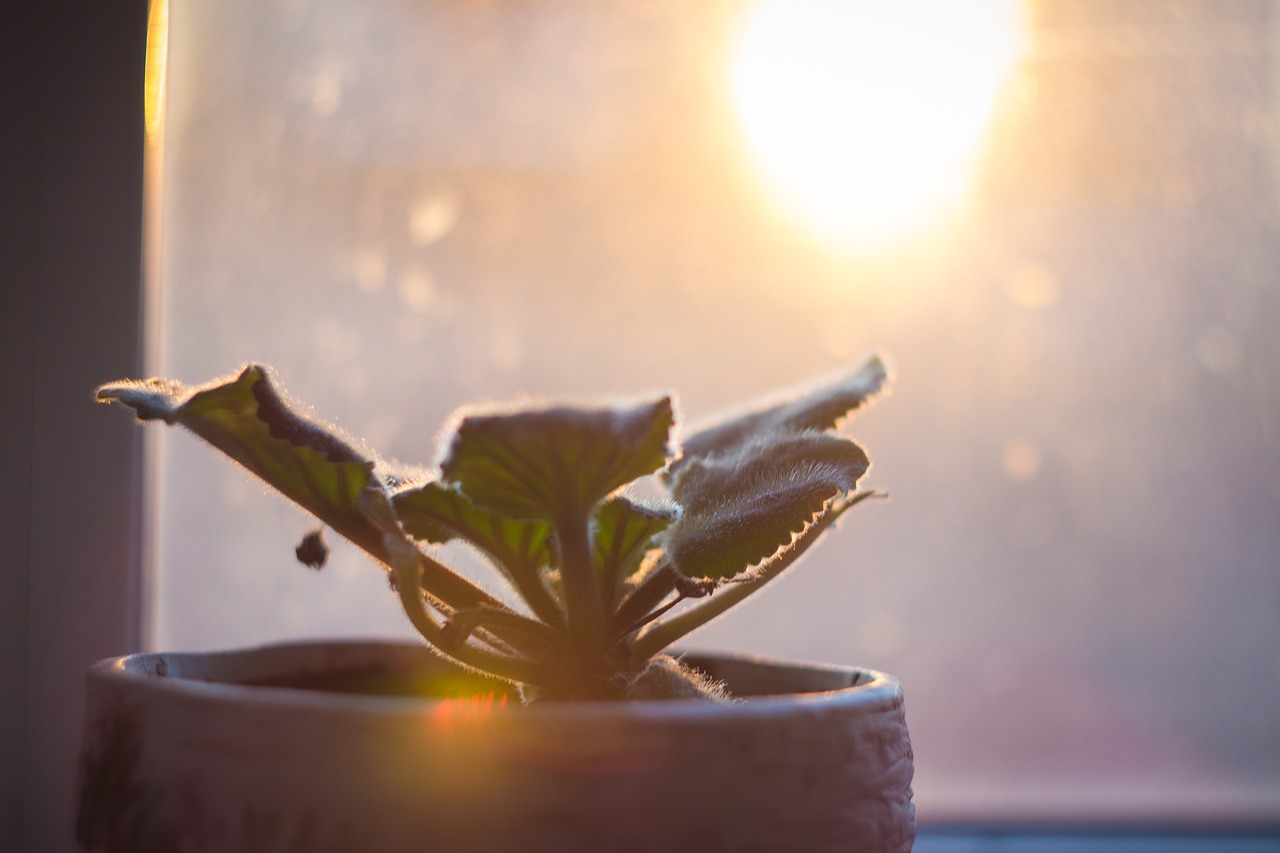
Don’t let your indoor plants get sunburned by strong sunlight through windows in the summer. Move them to a protected spot. Photo: Yanoch Kandreeva/Creative Commons License
If you see dried brown areas on the leaves on one particular side of the plant, notice if it’s getting harsh midday sun from a nearby window. Your plant has serious sunburn and it’s scorched. Trim the leaves and move the plant out of the direct sun.
#5 Symptoms: Leaves slowly getting pale or turning yellow, leaves dropping off.
Diagnosis: Too little sun.
Cure: Give it more indirect light.
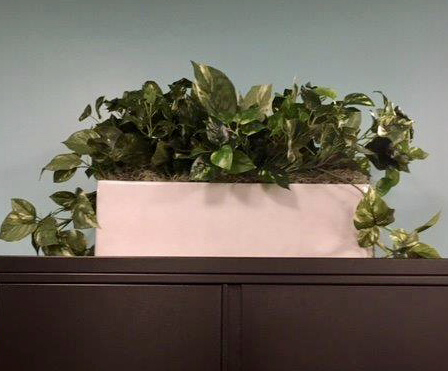
Sometimes it’s best to use replica plants in low light interiors where it would be difficult for a live plant to flourish.
If your plant’s leaves are slowly turning yellow or pale, or dropping off, it may not be getting enough sunlight. Most hardy house plants can tolerate a little abuse, but they need a minimum amount of sunlight to thrive. Bright indirect sun is the best place to start with your plants. Trying to grow a plant without adequate light is a sure fire way to fail.
#6 Symptoms: Not growing, but doesn’t fit other diagnoses.
Diagnosis: Failure to thrive.
Cure: Check the growing conditions.

Be careful not to stress your plant in the summer by over trimming. Never trim more than 25% of your indoor plants. Photo: Creative Commons License
When there isn’t an obvious cause such as overwatering, be sure you know what conditions your particular plant prefers, and make sure its location provides these conditions. Then check whether the temperature is too high or too low in your office or home for the plant. Check also if the plant gets left in an office unattended all weekend whether the building’s air conditioning is off, and the plant is getting cooked while you’re gone. Sitting a plant under a vent getting blasted with cold air can also cause problems.
Whatever is wrong, one thing you should NOT do is fertilize a struggling plant. Fertilizer isn’t chicken soup and it’s not antibiotics. What you can do is cut back any dying leaves or stems. Leave at least a few leaves to absorb and process sunlight. Be sure the plant has good drainage out of the bottom of its container. When it springs back to life and you see new growth, then consider a general water-soluble fertilizer to help it along.
If you’re someone who can’t keep up with your plants, or seem to have a brown or black thumb, consider replica plants. Today’s replica plants are not the silk plants of the 90s! They look incredibly real and fool most people until they touch them.
Get pics & ideas on how to use replica plants and which ones to use – and there are so many good ones out there. We won’t judge you.
Another option: bring in the professionals! Do you hire people to change your oil or groom your dog? Call on Good Earth Plant Company and we will be happy to keep your plants healthy and thriving. You can take all the credit.
Contact our team at Good Earth Plant Company.

